Cultural Referent
Nutrition Lesson
CULTURAL PRACTICE IN NIGERIA RELATED TO NUTRITION

Nigerian cultural practices surrounding food are rich and varied, reflecting the country’s diverse heritage and traditions. Food serves not only as a source of nourishment but also as a powerful symbol of culture, identity, and community.
In many Nigerian communities, food plays a vital role in traditional festivals and ceremonies. It is used as spiritual offerings to ancestors and deities, acts as a social connector that brings families and communities together, and serves as a deep cultural symbol that communicates values, beliefs, and hospitality.
During weddings, naming ceremonies, funerals, and religious festivals such as Eid, Christmas, and the New Yam Festival, specific dishes are prepared to mark the significance of the occasion. Sharing meals during these events fosters unity, reinforces social bonds, and preserves cultural continuity.
Examples of Traditional Nigerian Dishes and Ingredients:
• Jollof Rice – A popular West African rice dish made with tomatoes, peppers, onions, and spices.
• Pounded Yam and Egusi Soup – A staple in many southern regions, made from melon seeds and leafy vegetables.
• Tuwo Shinkafa and Miyan Kuka – Common in the North, this rice-based dish is served with a baobab leaf soup.
• Moi Moi – A steamed bean pudding made from blended beans, pepper, and onions.
• Suya – Spiced, grilled meat skewers, often served with onions and pepper, widely eaten in northern Nigeria.
• Ofada Rice and Ayamase Sauce – A local delicacy in the southwest, featuring unpolished rice and a spicy green pepper sauce.
• Palm Oil, Crayfish, Locust Beans (Iru), and Yam. ssential indigenous ingredients used across various Nigerian cuisines.
Food in Nigeria is more than sustenance, it is a celebration of life, a connection to ancestry, and a living expression of cultural identity. Below are some examples of Nigerian meal
Moimoi: A steamed bean pudding (often wrapped in leaves)
Akara: A deep-fried beans balls,often served for breakfast
Pap(Ogi): A fermented corn porridege often served eitk akara or moimoi.
Palmwine: A culturally respected drinks derived from palm trees, which is rich in potassium and Vitamin B2 that helps in maintaining healthy skin, hair, and nails. In some culture, it is believed to promotes breast milk for lactating (breastfeeding) mothers. And also used to treat various ailments such as malaria, diarrhoea, dysentery. Used in wedding celebration.
Food and Cultural Celebrations

In Nigeria, food plays a central role in traditional celebrations and is deeply woven into the cultural fabric of society. It is not merely a means of sustenance but a symbol of identity, unity, and hospitality. During major festivals such as the New Yam Festival among the Igbo, the Argungu Fishing Festival in Kebbi State, and Eid Celebrations observed by Muslims across the country, food is at the heart of communal gatherings. These events feature the preparation and sharing of traditional dishes that reflect the heritage and customs of each ethnic group.
Such cultural celebrations serve several key purposes:
• Promoting Peace and Unity – Shared meals during festivals bring people together regardless of social, religious, or ethnic backgrounds.
• Preserving Cultural Identity – The preparation and presentation of indigenous dishes help transmit cultural knowledge across generations.
• Enhancing Economic Prosperity – Festivals often stimulate local economies through increased demand for agricultural produce, livestock, spices, and other culinary ingredients.
Ultimately, food in cultural celebrations goes beyond nourishment, it is a means of expressing joy, strengthening community bonds, and showcasing the rich diversity of Nigeria’s cultural heritage.
Food and Cultural Preservation

In Nigeria food is an essential part of cultural identity and heritage. Across various communities, traditional methods are employed to preserve food, ensuring its availability, flavour, and safety over time. These culturally rooted preservation techniques not only extend the shelf life of food but also reflect indigenous knowledge systems passed down through generations.
Common traditional methods of food preservation include:
• Smoking – Often used for fish and meat to enhance flavour and prevent spoilage.
• Frying – Helps in moisture removal and can prolong the usability of certain foods.
• Drying – Used for fruits, vegetables, and grains; reduces water content to inhibit microbial growth.
• Salting – Preserves food by drawing out moisture and creating an environment unsuitable for bacterial growth.
• Fermenting – Enhances taste and nutritional value; commonly used for local condiments and beverages.
• Storage in Containers – Traditional storage using calabashes, earthen pots, and woven baskets protects food from pests and spoilage.
These methods are not only economical and environmentally friendly but also play a vital role in preserving the cultural essence of a community. Below are example of food preserved by these process are:
1. Smoking eg. Meat and fish
2. Sundry eg. Okra (to thicken soups and stew).
3. Frying eg. Garri production
4. Fermenting eg. Pap
5. Salting eg. Locustbeans, meat, fish.
Case study 1: Awolowo leaves

Awolowo leaves (also known as Akintola leaves in Yoruba land) are traditionally used in some parts of Igbo land for treating ulcers. The leaves are believed to have medicinal properties that soothe the stomach lining and promote healing.
Case study 2: Marugbo soup

Marugbo soup, commonly eaten by the Ikale and Ilaje people of Ondo State, is widely regarded for its health benefits. The soup is typically served to individuals recovering from illness, as it is believed to aid in strengthening the body and restoring vitality.
Case study 3: Masham sheep

Masham sheep: Among some Egun communities, it is a taboo to consume the meat of the Masham sheep. They hold the belief that anyone who eats the meat may develop a ring-like fungal infection, resulting in skin irritation and peeling.
Case study 4:

Many people among the Igbo and some Yoruba communities prefer consuming swallow foods (such as pounded yam, eba, fufu, and amala) over processed or fast foods like noodles, spaghetti, and rice. They believe that swallow foods provide more energy and strength necessary for their daily physical activities.
Case study 5: Crocodiles and alligators

Crocodiles and alligators: Certain tribes in Nigeria avoid eating these reptiles due to cultural beliefs that consuming their meat would cause one’s skin to resemble that of the animal; rough, scaly, or discolored. This belief serves both as a taboo and a form of identity preservation.
Case study 6: Okro
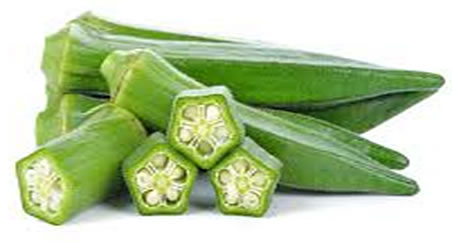
Okro is forbidden in some tribes due to the belief that it causes impotence in men. This belief has led to cultural avoidance of the vegetable, especially among adult males.
Case study 7: Catfish
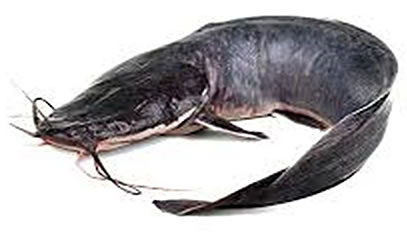
Catfish is avoided by some individuals because of its slimy texture, which they liken to that of a snake. Additionally, among some traditional water-worshipping communities (such as Yemoja worshippers), it is believed that eating catfish equates to consuming the spiritual children of their deities.
Case study 8: Snails

Snails are considered taboo in certain communities due to cultural beliefs that they bring backwardness, delay in progress, and failure in life. Others avoid them due to their slimy texture, while some believe snails can cause excessive salivation (hypersalivation).
Case study 9: Coconut water
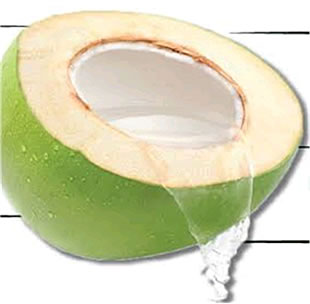
Coconut water is avoided by some tribes who believe that its consumption may lead to mental dullness or a lack of alertness.
Case study 10: Brown garden eggs
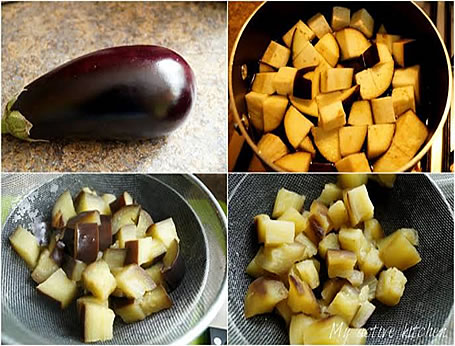
Brown garden eggs (especially the thorny variety) are not consumed by some Edo communities, who believe the vegetable is meant for spirits or the dead, and thus, unsuitable for the living.
Case Study 11: Locust beans
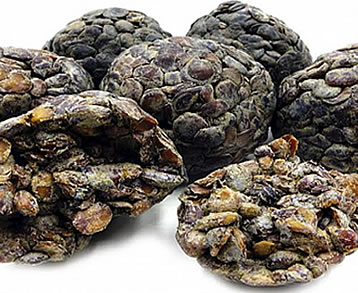
Locust beans are widely consumed in Nigeria and are traditionally believed to help lower blood sugar levels, improve eyesight, and offer other health benefits. It is often added to soups and stews for both nutritional and medicinal purposes.
Case study 12: Mushrooms

Mushrooms (especially Pleurotus tuber-regium) are used as natural thickeners in soups in parts of Eastern Nigeria. However, some tribes associate mushrooms with negative effects, such as causing impotence in men.
Case study 13: Cashew leaves

Cashew leaves are consumed by some tribes for their medicinal properties, including aiding digestion and relieving nausea.
Case study 14: Cocoyam
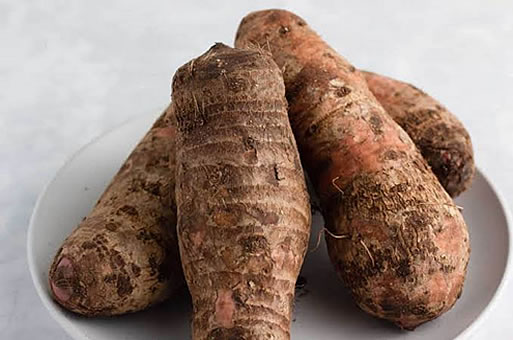
In certain Eastern Nigerian communities, cocoyam is seen as food for people of lower status or slaves, and therefore not eaten by those who consider themselves of higher social standing.
Case study 15: Pork

Pork (pig meat) is avoided in some tribes and religions (such as Islam and certain Christian denominations) because pigs are considered unclean animals.
Case study 16: Plantain
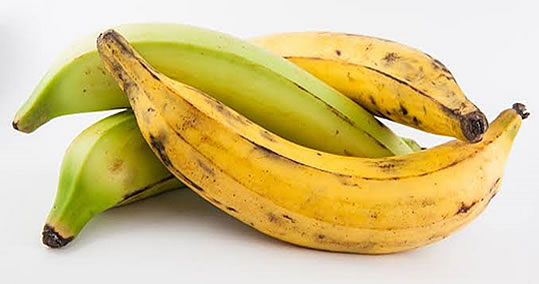
Case study 16: Among some Nigerian communities, it is believed that eating plantain during pregnancy will cause the baby to be born with “Oka Ori” (a sunken fontanelle), which is considered a sign of weakness or poor health.
Case study 17: Breastfeeding mother
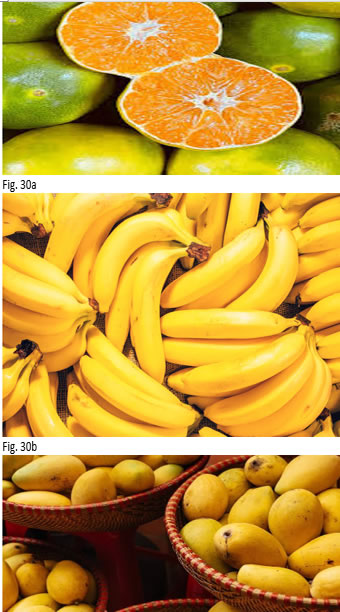
A breastfeeding mother must not take fruits such as orange, mango, Coconut, etc, because they are food gotten from tall trees and not from the ground. They believe it makes their baby develop the upper tooth before the lower one and gives the baby authority in words( anything they say would come to pass).
Case study 18: Snakes

Snakes are not eaten by certain tribes due to their spiritual significance; they are revered as gods or sacred animals and consuming them is considered taboo.
Case study 19: Eating food while sitting at the doorstep

Eating food while sitting at the doorstep is discouraged in some cultures, as it is believed that doing so will leave you unsatisfied and may cause abnormal stomach expansion.